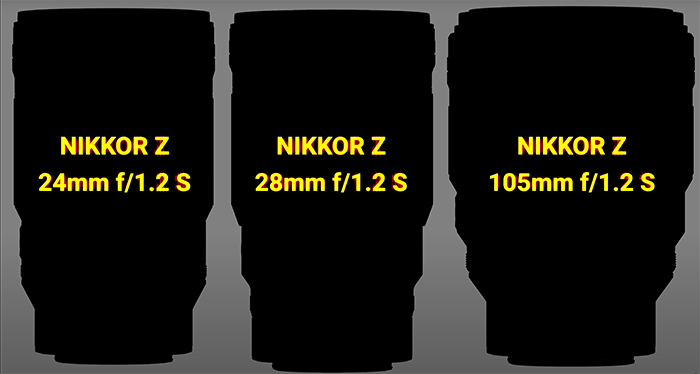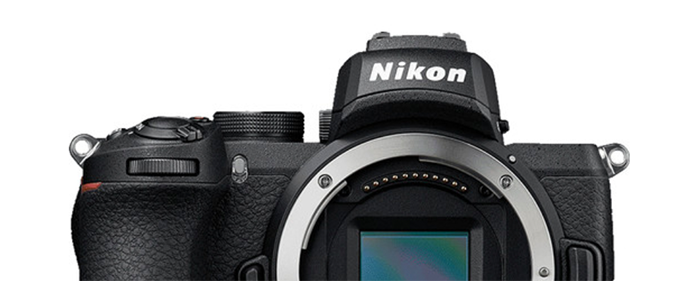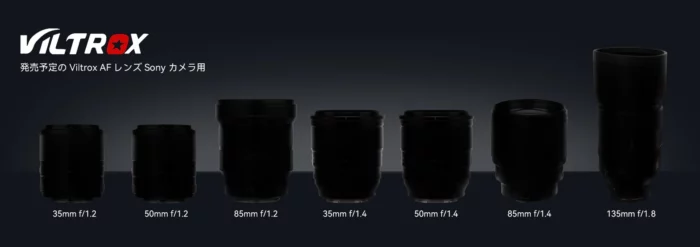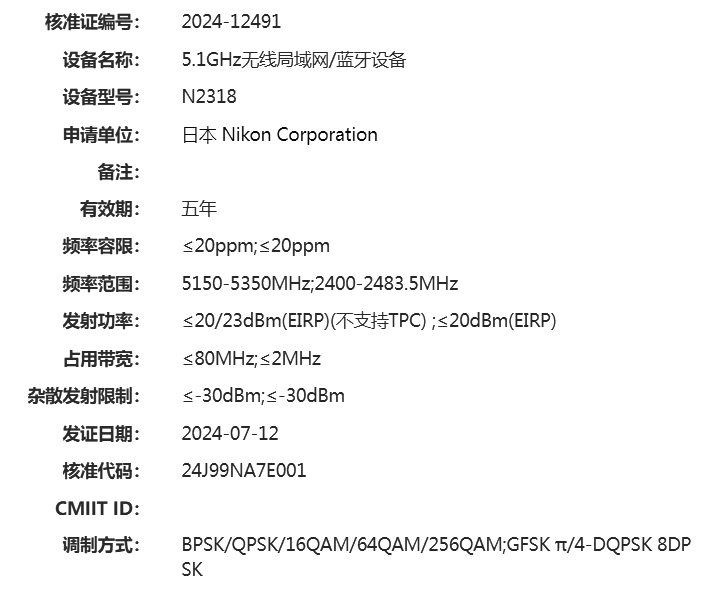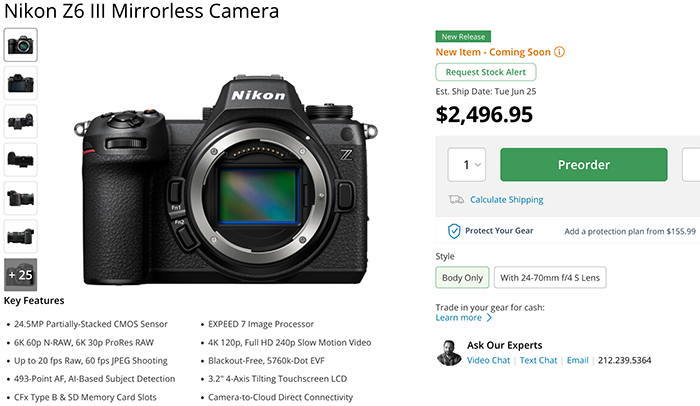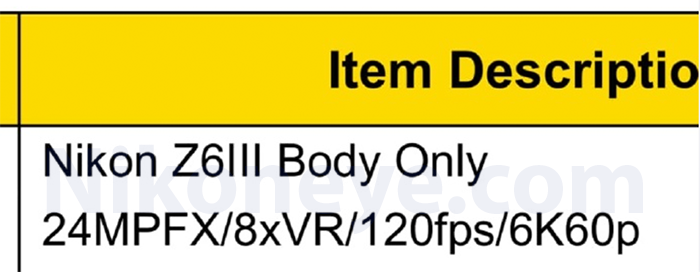What Gear Could Nikon Announce in 2025?

As the camera industry continues to evolve, Nikon finds itself at a pivotal moment. The transition to mirrorless cameras has been largely successful, with the Z-mount gaining traction among professionals and enthusiasts alike. However, to maintain momentum and excitement, Nikon will need to expand its lineup strategically in 2025. Here’s a look at what gear Nikon could—and perhaps should—announce to captivate photographers in the coming year.
Cameras
1. Nikon Z8s and Z9 II
Building on the success of the Z8 and Z9, Nikon could introduce updated versions of these flagship cameras. Expected improvements might include:
- Z8s: Incremental upgrades such as a new sensor with enhanced low-light performance, faster burst rates (20-30 fps with RAW), and improved video capabilities (e.g., 8K at 60fps with ProRes RAW).
- Z9 II: Advanced cooling for extended video recording, a more robust autofocus system, and dual CFexpress Type B card slots with faster write speeds.
2. Nikon Z7 III
Nikon Z7 II is due for updates. The next generation could include:
- A stacked sensor for faster readout speeds and minimal rolling shutter.
- 4K 120fps and 6K video with 10-bit internal recording.
- Enhanced autofocus with AI-powered subject recognition and tracking.
- Fully articulating touchscreens for improved usability.
3. Nikon Zf II
Following the likely success of the retro-styled Zf, Nikon could release a second iteration in 2025. This model might feature:
- A 33MP sensor for higher resolution.
- Improved IBIS (In-Body Image Stabilization) performance.
- Customizable dials for enhanced tactile control.
4. Nikon Z APS-C Flagship
To appeal to wildlife and sports photographers seeking lighter gear, Nikon could introduce a high-performance APS-C mirrorless camera:
- 32-36MP sensor for excellent reach and detail.
- 15 fps mechanical shutter and 30 fps electronic shutter.
- Dual card slots and weather-sealing for rugged use.
5. Nikon Z1 (Entry-Level Full-Frame)
An affordable entry-level full-frame camera could help Nikon attract new users:
- 24MP sensor.
- Minimalist design with limited physical controls.
- Competitive pricing to rival the Canon EOS R8.
Lenses
1. Super-Telephoto Primes
Nikon could expand its lineup of Z-mount super-telephoto primes:
- 400mm f/4: Compact and relatively lightweight, ideal for wildlife and sports.
- 600mm f/4: A professional-grade lens for extreme telephoto needs.
- 800mm f/5.6: Lightweight compared to DSLR equivalents, appealing to bird photographers.
2. Affordable Telephoto Zooms
To attract budget-conscious photographers, Nikon could introduce:
- 100-400mm f/5.6-6.3: A versatile lens for enthusiasts.
- 200-600mm f/6.3: A more affordable alternative to the 180-600mm f/5.6-6.3, targeting hobbyist wildlife shooters.
3. Compact Primes
The Z-mount system could benefit from compact primes for street and travel photographers:
- 24mm f/2.8: Ultra-light and compact for everyday use.
- 35mm f/1.8 Pancake: A portable lens for versatile shooting.
- 50mm f/2: A budget-friendly standard prime.
4. Professional Zooms
Nikon could release more professional-grade zooms with faster apertures:
- 12-24mm f/2.8 S: Ultra-wide for architecture and landscape.
- 24-85mm f/2.8: A versatile walkaround zoom with consistent brightness.
- 70-200mm f/2 S: A groundbreaking lens for portrait and sports photographers.
5. Macro Lenses
Expanding the macro lineup could include:
- 105mm f/2.8 Macro S: With VR and enhanced sharpness for studio and nature photography.
- 60mm f/2.8 Macro: Compact and versatile for close-up and general use.
Accessories
1. Improved Battery Grips
Battery grips with additional controls, improved ergonomics, and hot-swappable batteries would enhance usability for professionals.
2. AI-Powered Viewfinder
A high-resolution EVF with built-in AI features, such as subject highlighting and augmented reality overlays, could revolutionize the shooting experience.
3. Modular Accessories
Modules that add functionality—such as XLR inputs for audio, larger displays for video monitoring, or advanced flash control—could cater to hybrid shooters.
4. CFexpress Type C Cards
New, faster memory cards compatible with CFexpress slots could improve workflow for high-resolution video and continuous shooting.
Innovations to Watch
Nikon may also venture into innovative technologies, such as:
- Computational Photography: Features like enhanced HDR, focus stacking, and automated pano stitching could differentiate Nikon from competitors.
- AI Autofocus Updates: Firmware updates with AI-powered improvements could make existing cameras even better.
- Wireless Tethering and Cloud Integration: Nikon could introduce robust cloud workflows and wireless tethering solutions for instant file sharing and editing.
Conclusion
Nikon’s announcements in 2025 could redefine its market position. By balancing updates to its professional-grade cameras with fresh offerings for enthusiasts and newcomers, Nikon has the potential to excite and expand its user base. With cutting-edge lenses, innovative features, and strategic pricing, the future of Nikon’s Z-mount system looks brighter than ever. The key will be to stay ahead of the competition while catering to the diverse needs of modern photographers and videographers.


